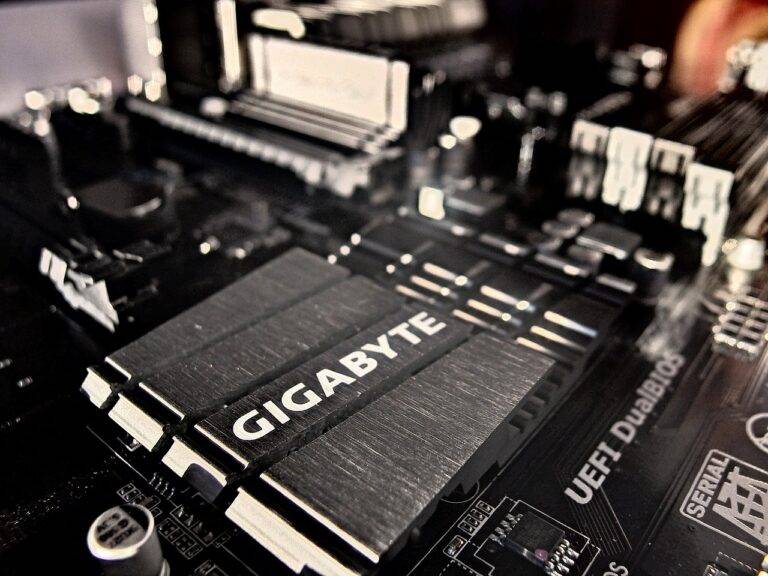The Evolution of Smart Building Technologies
Smart building technologies have undergone a remarkable evolution in recent years, transforming traditional structures into intelligent, interconnected spaces. In this article, we’ll explore the evolution of smart building technologies and their impact on the way we design, construct, and inhabit buildings.
From automated systems to energy-efficient solutions, smart buildings are revolutionizing the built environment, enhancing comfort, efficiency, and sustainability. Let’s delve into the key aspects of this evolution.
The Rise of Smart Building Technologies
1. Building Automation Systems (BAS): BAS, also known as building management systems (BMS), form the foundation of smart buildings. These systems integrate various building components such as lighting, HVAC (heating, ventilation, and air conditioning), security, and energy management, allowing centralized control and automation.
2. IoT Integration: The Internet of Things (IoT) has played a pivotal role in the evolution of smart buildings by enabling the connectivity of devices and sensors. IoT sensors collect data on environmental conditions, occupancy, energy usage, and more, facilitating informed decision-making and optimization.
3. Energy Efficiency: Smart buildings prioritize energy efficiency through advanced systems such as smart thermostats, occupancy sensors, and daylight harvesting. These technologies optimize energy usage, reduce waste, and lower operational costs while maintaining occupant comfort.
4. Integration of Renewable Energy: Many smart buildings incorporate renewable energy sources such as solar panels and wind turbines to generate clean, sustainable power onsite. These renewable energy systems supplement grid power, reducing dependence on fossil fuels and mitigating environmental impact.
Advancements in Smart Building Solutions
1. Advanced Analytics: Smart building solutions leverage advanced analytics and machine learning algorithms to analyze vast amounts of data collected from sensors and systems. These analytics provide actionable insights for optimizing building performance, predicting maintenance needs, and enhancing occupant experience.
2. Occupant Experience: Smart buildings prioritize occupant experience by offering personalized environments tailored to individual preferences. Features such as smart lighting, temperature control, and space utilization tracking enhance comfort and productivity.
3. Health and Wellness: With a growing emphasis on health and wellness, smart buildings incorporate features such as indoor air quality monitoring, circadian lighting, and ergonomic design elements to support occupant well-being.
4. Resilience and Safety: Smart buildings enhance resilience and safety through features such as predictive maintenance, real-time monitoring of building systems, and emergency response automation. These capabilities improve building uptime, minimize downtime, and ensure occupant safety.
Challenges and Considerations
While smart building technologies offer numerous benefits, several challenges and considerations must be addressed:
- Interoperability: Ensuring compatibility and interoperability among diverse systems and devices is crucial for seamless integration and functionality.
- Data Security: Protecting sensitive data collected by smart building systems from cyber threats and unauthorized access is essential to safeguard privacy and security.
- Cost: Initial costs associated with implementing smart building technologies may be a barrier for some organizations, although long-term savings and benefits often outweigh the initial investment.
FAQs
Q: What are smart building technologies?
A: Smart building technologies encompass systems and solutions that enhance the efficiency, comfort, and sustainability of buildings through automation, connectivity, and data-driven optimization.
Q: How do smart buildings benefit occupants?
A: Smart buildings benefit occupants by providing personalized environments, optimizing energy usage, prioritizing health and wellness, and enhancing safety and security.
Q: What are some examples of smart building solutions?
A: Examples of smart building solutions include building automation systems, IoT sensors, energy management systems, advanced analytics platforms, and occupant-centric technologies.





